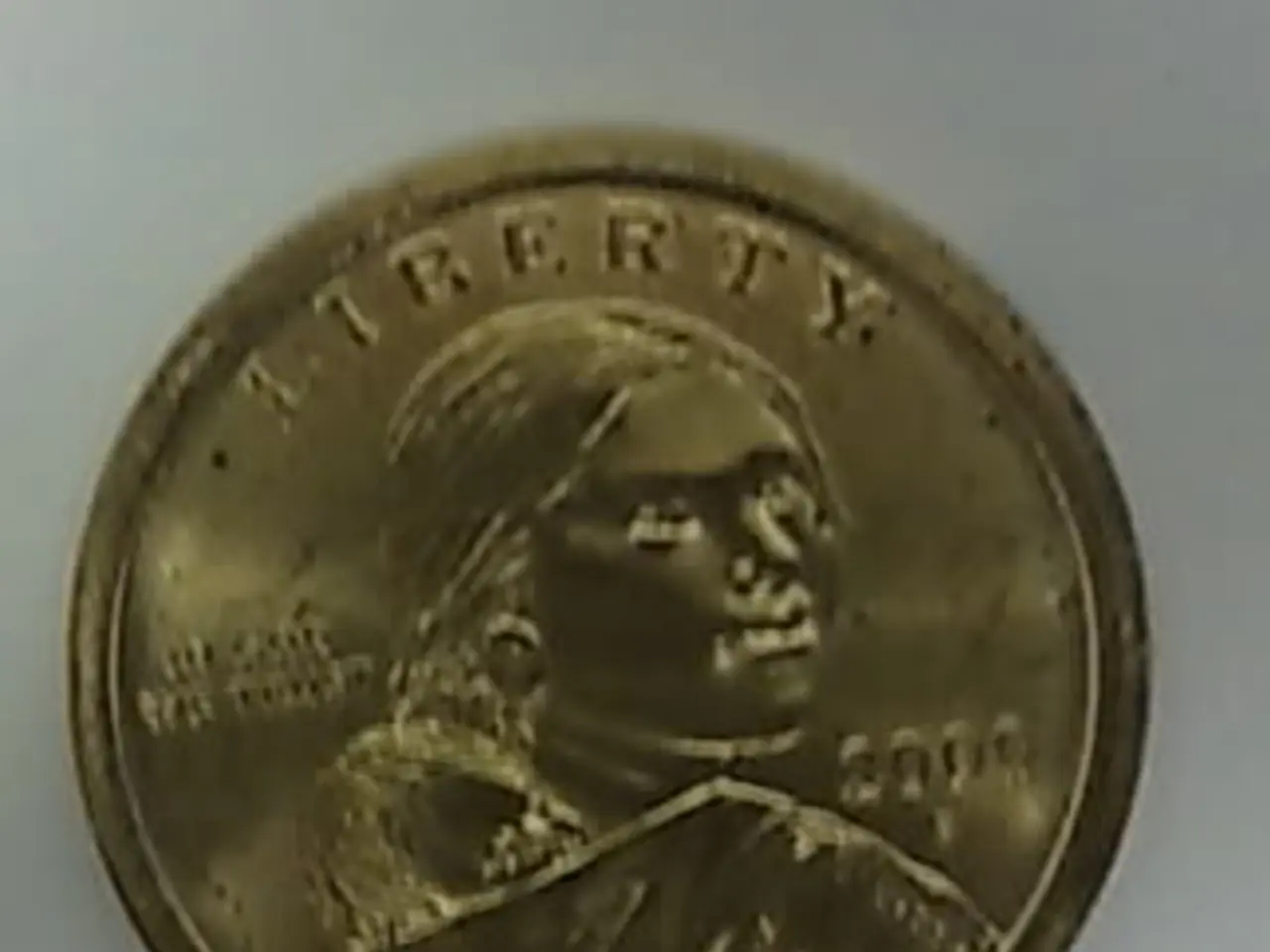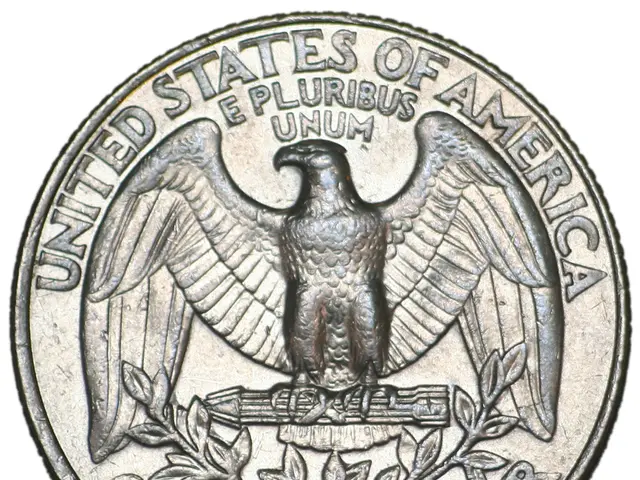Russian, Western Funds' Distinct Precious Metals Strategies Drive Gold Price Surge
Russian and Western investment funds have distinct approaches to precious metals. While Russian PIFs rely on derivatives, Western ETFs prefer direct purchases. Gold prices, influenced by central bank policies, have surged, with a troy ounce reaching $4,090 as of October 13, 2025.
In Russia, 'gold-backed' mutual funds' returns hinge on gold price fluctuations and the ruble's exchange rate. Meanwhile, major international funds buy physical metals for collateral. The absence of a spot gold exchange in Russia makes bullion logistics expensive for domestic PIFs. From January to September 2025, bond-focused funds led performance, ranging from 23.59% to 37.37%. However, a debt market correction may temper returns in the last quarter.
In the third quarter, the Russian collective investment industry saw net inflows of 393 billion rubles, totaling 678 billion rubles year-to-date. Precious metals-focused PIFs topped Russian performance in Q3, with returns between +21.55% and +22.91%.
Monetary policy shifts by central banks impact investment appeal. The US Fed's rate cuts, aiming to support growth, boost money market funds and floater bond funds. Conversely, the ECB's policy tightening or hold reduces the attractiveness of these funds in euros due to stable or higher rates. Konstantin Ilchishin, managing director of First Asset Management, attributes the gold price rise to central banks' efforts to reduce dollar exposure and stabilize reserves.
Russian and Western investment funds' differing precious metals strategies coexist with varying monetary policy impacts. Gold prices, driven by central bank actions, remain high. As the year closes, bond-focused funds' performance may adjust, and investors should monitor central bank policies for investment guidance.







